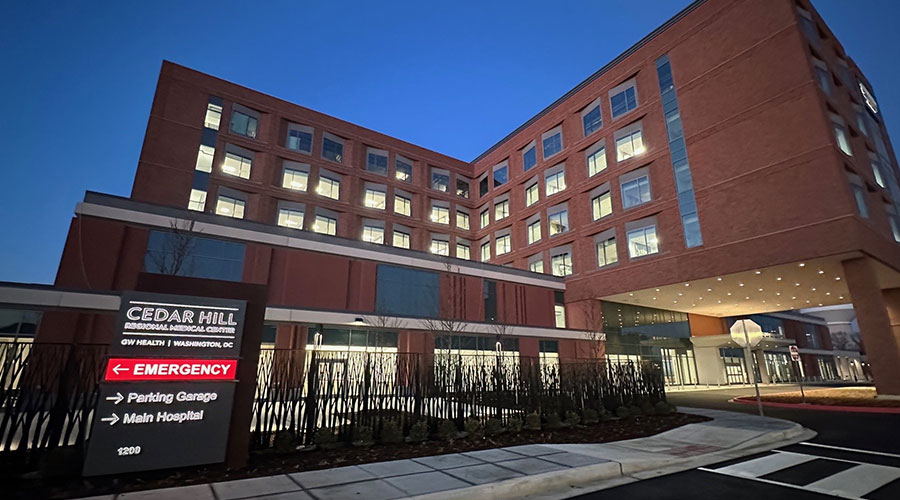Recent medical facility fires have happened in Springfield, Ohio; Edna, Texas; and Jesup, Georgia. The Springfield fire originated from an electrical malfunction on countertops in the facility, while the cause of the other two fires was not stated. No one was injured in these fires, but equipment and materials were either damaged or lost.
These incidents highlight the need for complete fire safety and protection practices in healthcare facilities. In 2011-2015, U.S fire departments responded to about 5,750 building fires in healthcare properties each year, according to the National Fire Protection Association (NFPA). The fires caused annual averages of two civilian deaths, 157 civilian injuries, and $50.4 billion in facilities damage.
Facility managers should have a strong attention to detail in many areas, and fire safety is one of the most important domains. Routine safety checks among other strategies can help keep fires under control and even stop them entirely.
There are many ways to prevent and control fires, but here are five that get the job done.
-
1. Monitor kitchens, especially around breakfast, lunch and dinner times. The NFPA reported that 61 percent of fires came about due to cooking equipment from 2006-2010. Storing flammable liquids and oils away from cooking equipment and regularly cleaning grills and their ducts are a couple ways to prevent fires.
-
2. Routinely check electrical outlets and wires. Ensuring that cords are not split or cracked, in bad condition, or being overloaded are a few ways to prevent fires.
-
3. Don’t allow smoking to take place near oxygen-dispensing machines. When there is more oxygen in the air, fires burn easier, quicker, and hotter than usual, according to the NFPA.
-
4. Appoint a fire safety officer who is regularly trained. This person should make sure fire extinguishers are in the right location and that nothing is obstructing them. This person should also know if any safety seals are damaged, nozzles are leaking, and pressure gauge readings are in the correct position.
-
5. Create an action plan. An action plan helps healthcare employees act correctly in the occurrence of a fire. The R.A.C.E plan is popular among facilities. It stands for: rescue patients in danger, activate a fire alarm if you see a fire, confine fires by closing off doors and hallways, and extinguish small fires only while leaving major fires for the fire department.
These strategies are among some of the best to prevent or control a fire when it breaks out in any facility, according to an Encore Fire Protection blog.

 Design Plays a Role in the Future of Healthcare
Design Plays a Role in the Future of Healthcare Cedar Hill Regional Medical Center GW Health Officially Opens
Cedar Hill Regional Medical Center GW Health Officially Opens Designing Healthcare Facilities for Pediatric and Geriatric Populations
Designing Healthcare Facilities for Pediatric and Geriatric Populations Kaiser Permanente Announces New Hospital Tower at Sunnyside Medical Center
Kaiser Permanente Announces New Hospital Tower at Sunnyside Medical Center Building Disaster Resilience Through Collaboration
Building Disaster Resilience Through Collaboration